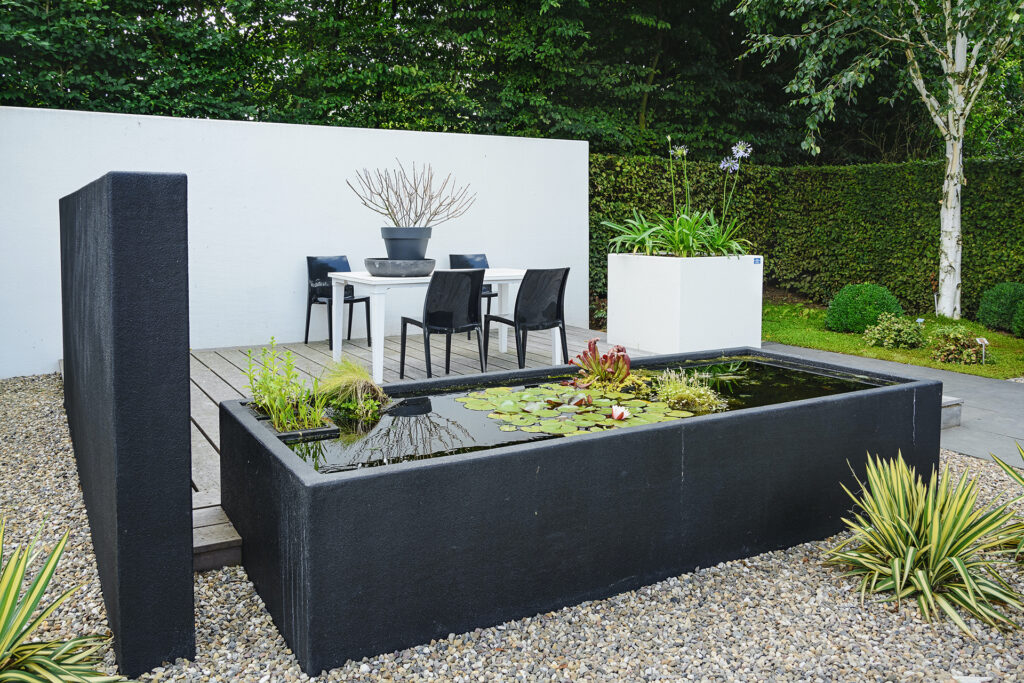Xeriscape is a landscaping method focused on designing and maintaining outdoor spaces that require minimal water usage. The term “xeriscape” is a combination of “XEROS,” meaning dry or arid in Greek, and “SCAPE,” that relates to views and scenes. So literally, Xeriscape means Dry Scene. This definition is based on the semantics but Xeriscaping means much more than that.
Xeriscaping is more than just a garden style but a sustainable gardening practice. This innovative landscaping technique allows us to create stunning outdoor spaces that are not only aesthetically pleasing but also environmentally sustainable.
Unfortunately, there is a common misconception surrounding xeriscaping, leading people to immediately associate it with transforming their outdoor areas into desert-like gardens. However, this narrow perception fails to recognize the diverse range of style options and design approaches available within the realm of xeriscaping.
As we adapt to a changing reality, regions with limited water availability or prone to droughts are experiencing a shift in gardening approaches. Xeriscaping promotes the use of plants that align with the natural requirements of the local climate. However, the selection of specific plants for xeriscaping varies depending on various factors, including climate, soil type, light conditions and annual water precipitation. These considerations ensure that xeriscaping practices are tailored to the unique characteristics of each location.
In the United States we can use one tool to determine the average annual minimum winter temperature, the USDA Plant Hardiness Zone Map. This helps us select the right plants suitable to where we live. You can go to their website https://www.planthardiness.ars.usda.gov, enter your zip code in the search box and now exactly your local plant hardiness zone. When you go to buy your plants at your local nursery you can compare and make sure your zone matches the information tag that comes with the plant.
While it has been a valuable reference, unfortunately, the reliability of this tool is diminishing as we observe significant shifts in average temperatures over the past decades. With my clients, I frequently witness the adverse effects of these extreme conditions on plants that were once flourishing in our region. Consequently, their ability to thrive and survive in our gardens becomes increasingly uncertain.
Xeriscaping represents a departure from conventional garden design practices, offering a promising approach that can significantly benefit our environment. This new way of designing our gardens prioritizes water conservation, through the deliberate selection of drought-resistant plants and the incorporation of indigenous hardscape materials and flora. Additionally, the integration of effective irrigation systems, proper soil preparation, strategic mulching, and other techniques, xeriscaping effectively minimizes water consumption and reduces runoff.
By incorporating these elements into your garden, you not only experience the joy of a beautiful space but also demonstrate a genuine concern for the environment, leaving a lasting legacy for generations to come.
Should you require any assistance with your project, we are always happy to help you. We would love to hear from you. Please add any comments or questions that you may have.


Leave a Comment